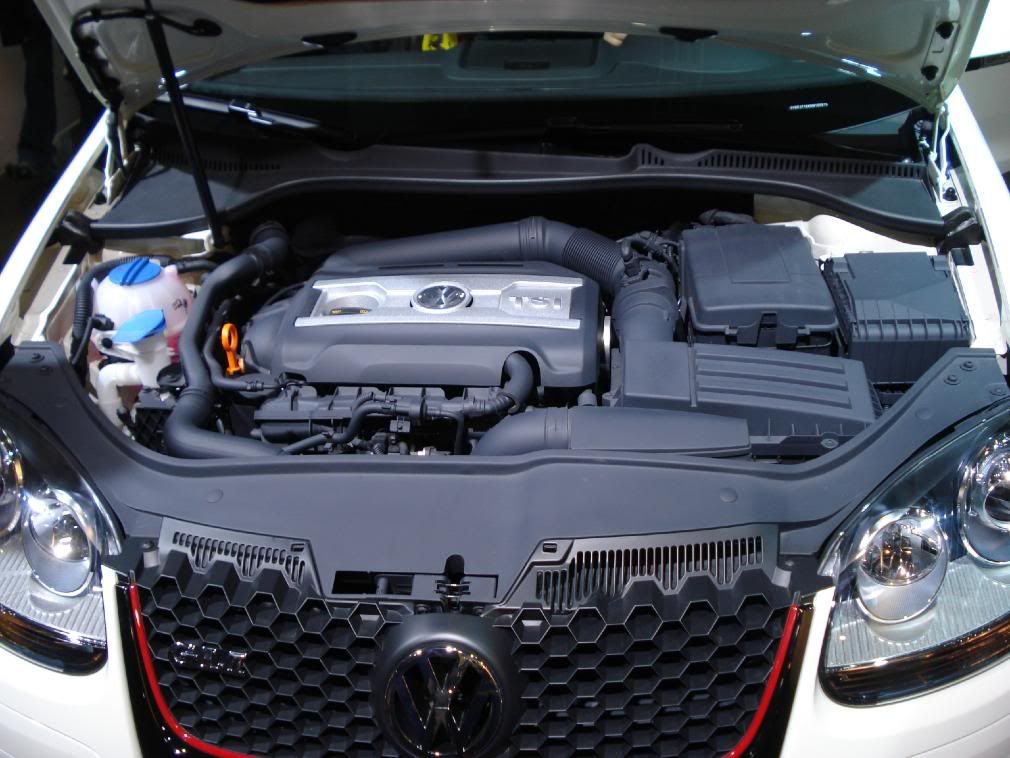Volkswagen thrives on its class, simplicity, and economy. These attributes are reflected on its vehicle designs. For example, basic VW automotive architecture involves having the fuel tank located in a car's opposite end off the engine. Because of this distance, a specially-designed, yet fundamentally-constructed VW fuel pump is needed to draw the gas toward the engine. There are two kinds of VW fuel pumps: the mechanical fuel pump, used in carburetor-run older VW models like Brasilia and Combi, and the electric fuel pump, used in the more recent, electronically fuel injected (EFI) cars.

Electric fuel pumps, the ones used by VW today, are almost always located inside the gas tank. This helps prevent vapor lock and keeps the fuel pump to a low and controlled temperature. The VW fuel pump is a turbine type hydraulic unit directly linked to a permanent magnet motor. This motor uses the fuel as its lubricant and coolant. Electric fuel pumps are used in EFI engines because they can produce high pressures needed for proper fuel management. An electric VW fuel pump is typically capable of putting out about 90 pounds per square inch (psi) of fuel pressure. A check valve is included in the fuel outlet to hold pressure when the pump is not running. Another valve, the pressure limiter, is located at the pressure side of the fuel pump housing, with a return passage to the fuel inlet side to keep fuel pressure within the prescribed specifications.
As the rotor disc rotates, the rollers are pressed outwards by centrifugal force and act as a circulating seal. The circulating rollers, in turn, creates a pumping action drawing in fuel at the inlet port and forcing the fuel through the outlet port and into the fuel system. When the pump is shut off, the check valve in the fuel outlet closes, therefore prohibiting the fuel from returning to the fuel tank through the fuel pump. The check valve therefore maintains pressure in the fuel lines called the "rest pressure." Maximum fuel pump pressure depends on the calibration of the pressure limiter. In a clogged fuel filter, for example, the fuel pump pressure exceeds a preset limit, resulting to a by-pass opening to the fuel inlet side of the pump by the pressure limiter.
Fuel pump failure is not uncommon, particularly in cars with electronic fuel injection. Usually, when a fuel pump fails, a car will simply sputter and die, and will not restart. Essentially, a car with fuel pump failure will act like it is out of gas, even when there is gas in the tank. Fuel pump failure can be verified by checking the fuel delivery end of the system -- if no fuel is being delivered to the engine, the fuel pump has most likely failed.
Replacing an electronic VW fuel pump can be really tricky. The fuel pump is usually mounted along with the fuel tank sending unit. Care must be taken when removing the pump/sender assembly so as not to damage the sender unit. Some vehicles have an access panel to get to the fuel pump without having to drop the tank. VW generally does have these panels. Some cars require a special tool to disconnect the fuel lines. Other cars have an access panel in the interior of the car that can be removed to reach the fuel pump. Still other vehicles require the fuel tank to be siphoned and removed, or dropped, before the fuel pump can be accessed. The latter type of car usually makes for the most laborious job of replacing a fuel pump. Arduous the changing of a fuel pump may be, but with this lies the car's efficient fuel intake.
No comments:
Post a Comment